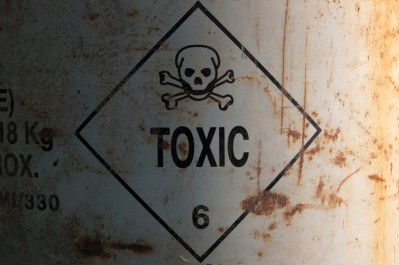EFSA lowers ADI for three Southampton colours
A study published in The Lancet in September 2007 concluded that cocktails of six artificial food colours – Allura Red (E128), Ponceau 4R (E124), Quinoline Yellow (E104), Sunset Yellow (E110), Tartrazine (E102), and Azorubine/Carmoisine (E122) – and sodium benzoate were linked to hyperactivity in children.
After its initial review of the study, EFSA issued an opinion that this study gave no grounds for changing the ADI of any of the colours. The main reason was that the methodology made it impossible to attribute the observed effect to any of the chemicals in particular.
However the European Commission asked the risk assessor to prioritise a review of the safety evidence for these six colours, as part of its ongoing review of all additives previously reviewed in the EU.
In an opinion published this week, its additives panel again found no reason to lower the ADI of any of the colours, based on the Southampton study and other studies on the colours independently.
However it did find some evidence that warranted lowering the ADIs for Ponceau 4R, Quinoline Yellow and Sunset Yellow on different grounds.
New ADIs
For Quinoline Yellow, the ADI has been lowered from 0-10mg per kg of bodyweight a day (mg/kg bw/day) to 0.5 mg/kg bw/day. This was because it uncovered a rat study on the long-term effects on reproduction and development of pups that was not taken into account for the original level.
For Ponceau 4R, the ADI has been lowered from 0-4 mg/kg bw/day to 0.7 mg/kg bw/day. This is based on a 1974 mouse study which saw a connection with non-inflammatory kidney disease.
For Sunset Yellow, the ADI has been lowered from 0-2.25 mg/kg bw/day to 1.0 mg/kg bw/day, based on evidence for an effect on the testes of rats. This is a temporary new ADI for a two-year period, however, since the studies of concern did not look at testes histopathology, sperm morphology or mobility.
A spokesperson for EFSA told FoodNavigator.com that any decision to commission new research in this area will be up to the European Commission.
The new ADIs were determined based on the toxicity levels observed in the animal studies, with a wide safety margin built in for humans.
Although no grounds for changing the ADI were seen for the other three Southampton colours, the review did show up some evidence on intolerance reactions, such as skin irritations, in a small part of the population. Such an effect is not considered grave enough to change intake advice.
Where next for hyperactivity?
The spokesperson emphasised that any follow up to its opinion that there is no evidence for a hyperactivity link for any of the colours would be a matter for the European Commission.
However the use of warning labels about a hyperactivity link for products containing any of the Southampton colours will be mandatory from July 2010. The European Parliament decided to include this label in the new additives regulation at the 11th hour, despite EFSA’s original opinion on the Southampton study.




























